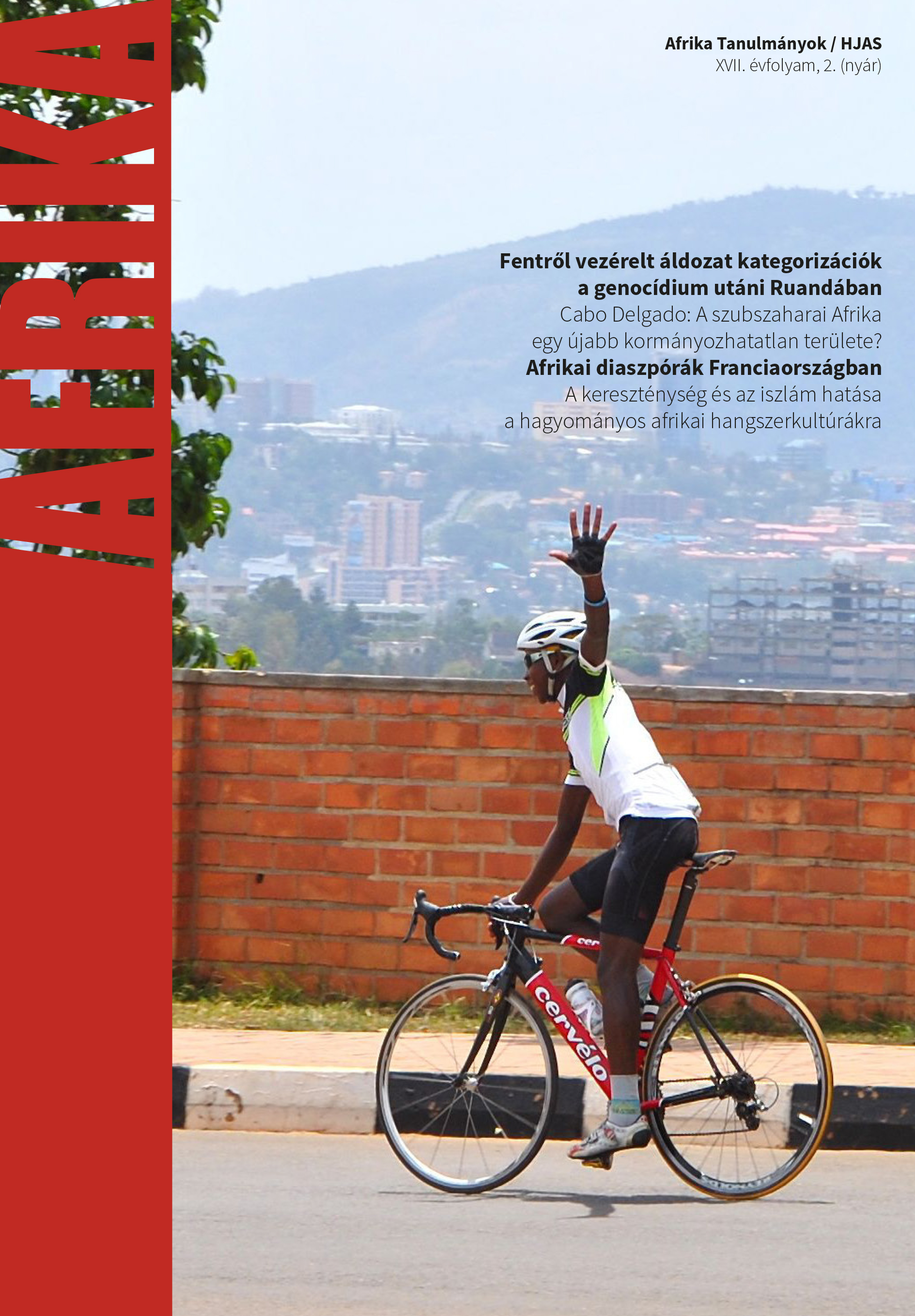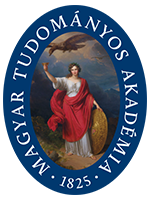The impact of Christianity and Islam on traditional African instrumental cultures
DOI:
https://doi.org/10.15170/AT.2023.17.2.5Keywords:
African lyre, bow harp, funnel drum, lute types, xylophone, lamellophonesAbstract
Overall, the influence of Christianity and Islam on traditional African instrumental culture is far from the expected „clash of civilizations”, because, as the review shows, endemic instruments of traditional African cultures could be adopted and maintained even if their cultural embeddedness was strongly linked to the animistic ancestral religions. As in the case of the goge fidulas, whose use was banned by the Muslim reformers of the 19th century, but the instrument did not disappear from use. The lamellophone, originally a ‚kafir’ instrument, may also have spread among Muslim peoples in West Africa and East Africa, albeit with a formal modification and without the anthropomorphic design reflecting the animist religious features. It is a question of how long this will remain so, because, unlike the Sunni Hanafi, Maliki and Safiite trends that have characterised Africa, the Wahhabism that has developed from the Hanbalite trend, which was previously confined to Saudi Arabia, and other Islamist trends are no longer characterised by religious tolerance and the Taliban in Afghanistan have burned instruments theatrically, not even because they are not instruments of Islamic culture, but merely because they are instruments of music, or entertainment. Such an attitude would obviously not even spare African musical instruments, which, as the historical overview has shown, are instruments of foreign origin and whose spread is specifically linked to the spread of the Islamic religion. Such as the frame drum, the funnel drum, the double-reeded reed, the long metal trumpet, or even the stringed instruments as a whole. The difference between the instruments of the Islamicised world, the difference between classical and folk instruments, is obvious, but it is worth highlighting, because non-European instruments tend to be regarded by the uninitiated as uniform, exotic and therefore ‚folk’ instruments. While African Islam is characterised by regional rather than religious cultural differences, thanks to the madhhabs, African Christianity is so African, i.e. syncretic in its overall characteristics, that it has had no problem at all in maintaining endemic instruments and even incorporating them into Christian liturgies. It should be noted, however, that although the Christian liturgy did not officially tolerate any instruments other than the organ for many centuries, the practice of ‚bagpipe playing’ at midnight on Christmas Eve became so widespread at the level of popular piety that, with the extinction of the village bagpipers, the people expected the village cantor to continue to play the shepherds’ bagpipe on the organ at midnight mass. Popular religiosity has therefore always tolerated the instruments of pre-Christian times. In Africa, the influence of Christianity on musical instruments is therefore different from that of Islam. The influence of Christianity is more manifested in the use of instruments in a non-authentic way, such as when the typically solo instrumental lyres and harps are arranged into an orchestral choir to accompany liturgy. Or when, as a ‚defence’ of the Christian religion against Islamic influence, traditional African instruments typical of Christian areas are being used in places where they were not originally used.
Downloads
Published
How to Cite
Issue
Section
License

This work is licensed under a Creative Commons Attribution-NonCommercial-NoDerivatives 4.0 International License.
















